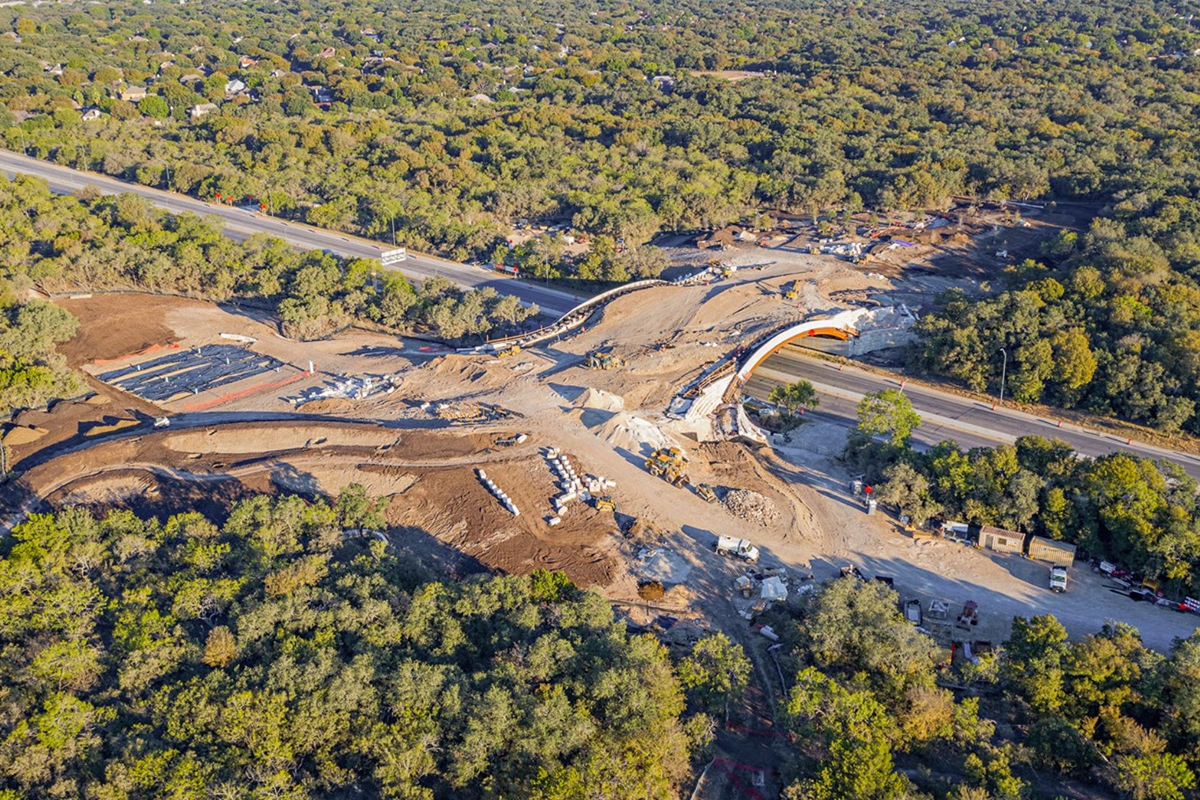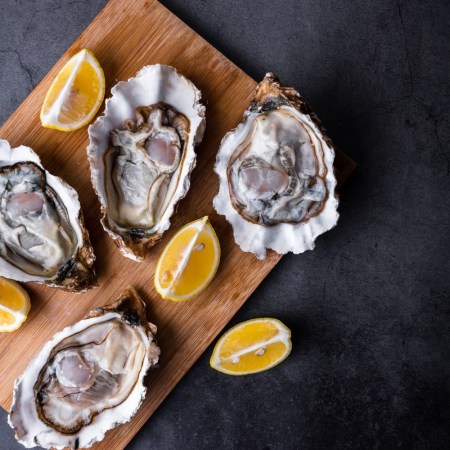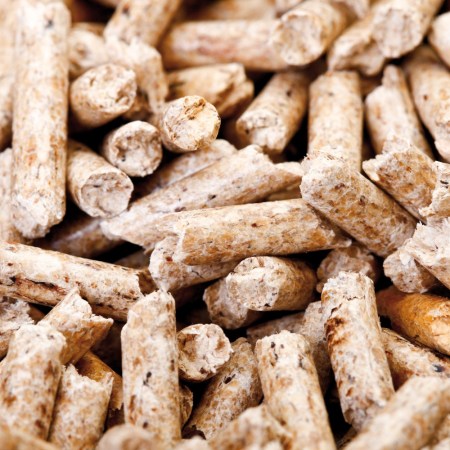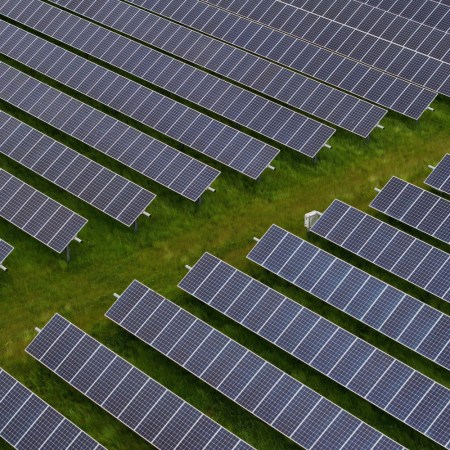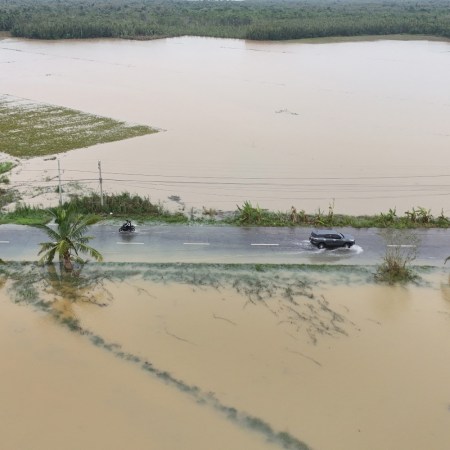San Antonio opened a new overpass last month, called the Robert L.B. Tobin Land Bridge. It stretches 150 feet over a major arterial highway and took over two years to build. Pretty standard fare. Only, this infrastructure isn’t intended for automobiles, or even specifically for humans. It’s a “wildlife crossing,” built to offer animals in the area safe passage across the Wurzbach Parkway. The thoroughfare cuts directly through the 330-acre Phil Hardberger Park, a bio-deserve conservancy that’s home to a variety of animals. Animals that would regularly wander into the six-lane highway — white-tailed deer, coyotes, raccoons — can now take an alternative route.
Texas’s new bridge cost $23 million to build, and is currently the largest wildlife crossing in the country. That title will be short-lived; California is opening a 200-foot bridge in 2023, named the Liberty Canyon Wildlife Crossing, which will enable local animals (especially mountain lions) to cross Highway 101 outside Los Angeles. It will cost $87 million. Another hefty price-tag, no doubt, but worth it. According to figures from 2015, nearly 30,000 Americans suffer injuries from vehicle collisions with animals each year, hundreds of whom die. Deer alone account for over $1 billion in damages annually.
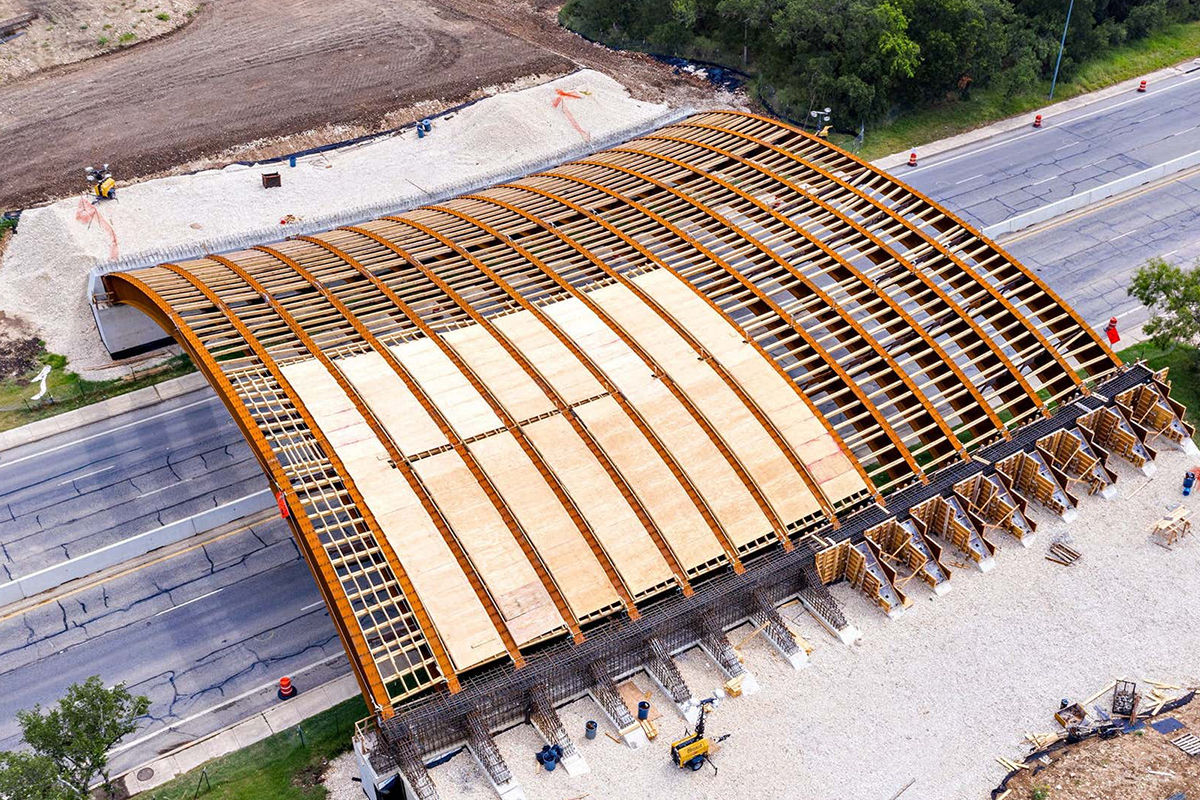
Wildlife crossings don’t just drastically reduce the amount of accidents each year, they can also revitalize entire ecosystems, offering certain groups of animals more range to cover on a daily basis, which can in turn affect their genetic diversity and mortality. The animals, for their part, seem to be big fans. In Utah, it took less than two years for moose, elk and even bobcats to begin using a new, fenced-in bridge over Interstate 80. Protected lands have had success with projects, too — back in the mid-1990s, Banff National Park built 24 different wildlife crossings throughout its park. Twenty-five years later, 10 species, including grizzly bears and wolves, rely on the network of overpasses and tunnels.
The greater world doesn’t exactly need a kick in the pants on this issue: the Netherlands uses “ecoducts” to protect the European badger, Australia has built forest underpasses to facilitate safe journeys for koalas, South American nations have “monkey bridges,” and our personal favorite, the Indian Ocean’s Christmas Island constructed an archway exclusively for Red Crabs. That’s something states not named Texas, California, or Utah should keep in mind before building their first wildlife crossings. Multi-hundred foot land bridges are great, but they’re also likely to rub at least a couple taxpayers the wrong way. Smaller projects — tunnels, ladders, culverts — can function as a proof of concept, which then pave the way, literally, for the big bridges.
This article was featured in the InsideHook newsletter. Sign up now.
